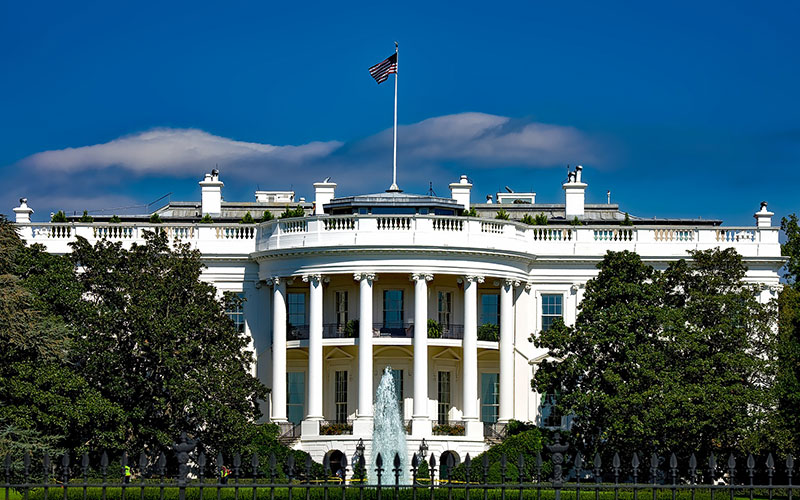 If enacted, the Administration’s FY 2019 budget proposal would have a significant negative impact on the health and resiliency of our nation’s forests.
If enacted, the Administration’s FY 2019 budget proposal would have a significant negative impact on the health and resiliency of our nation’s forests.
While the Administration’s budget proposes a slight increase in funds to reduce wildfire risk on America’s national forests, it does not propose a comprehensive fix to the wildfire suppression budgeting issue, especially regarding the erosion of the U.S. Forest Service’s budget due to the rising costs of suppression. The budget ultimately reduces overall funding for the National Forest System by more than $170 million. Of equal concern, the budget proposes to eliminate key programs from the State and Private Cooperative Forestry division including Urban and Community Forestry, Forest Legacy, Community Forests and Open Space, and Landscape Scale Restoration.
The Administration‘s stated reasoning for the unprecedented cuts to these State and Private Forestry programs is to focus resources on the maintenance of existing National Forest System lands. We do not believe that such a choice is prudent or even necessary, given the overall rising funding levels provided for domestic discretionary programs in Congress’ new two-year budget agreement. Further, eliminating programs in state and private forestry will put national forests at greater risk by increasing the likelihood of cross-boundary threats like wildfire.
All Forests Need Our Support
“The boundaries of the National Forest System are merely political ones,” said Rebecca Turner, Chief Strategy Officer at American Forests. “Forest ecosystems do not function that way. If the forests that abut national forests are not healthy, sustainably managed, and resilient – then the National Forest System will not be healthy and resilient. The U.S. Forest Service must continue its proud tradition of leading ‘all lands’ efforts that engage different types of forest landowners – whether states, tribes, cities and towns, or private citizens – to work together to restore our forests.”
This “all lands” approach is especially important given that the National Forest System only contains approximately 20 percent of America’s forests. The State and Private Forestry programs slated to be eliminated are important to the other 80 percent of forestlands, because they help all types of forest landowners care for their forests, maximizing public benefits of forests across America like protecting water supplies and creating jobs.
The proposed reductions to the national forests and to state and private forestry also come at a time when U.S. forests are needed to help slow climate change, yet also face existential threats from a changing climate. America’s forests and forest products currently sequester and store more than 14 percent of annual U.S. carbon emissions, a natural climate solution that requires continued investment in keeping forests as forests, and managing for healthy forests in a changing climate.
“Forests offer a bipartisan way forward on climate change and other critical issues,” said Scott Steen, president and CEO of American Forests. “The U.S. Forest Service programs targeted for reduction and elimination are needed to act on climate and create jobs by funding reforestation of public lands, conserving private working forests, and much more. These public investments should be political common ground, offering something for everyone to support.”